George Eastman Museum - when you're in love with photography and film - it's Rochester's must
Discover the George Eastman Museum's rich history and stunning gardens, celebrating the legacy of photography pioneer George Eastman.
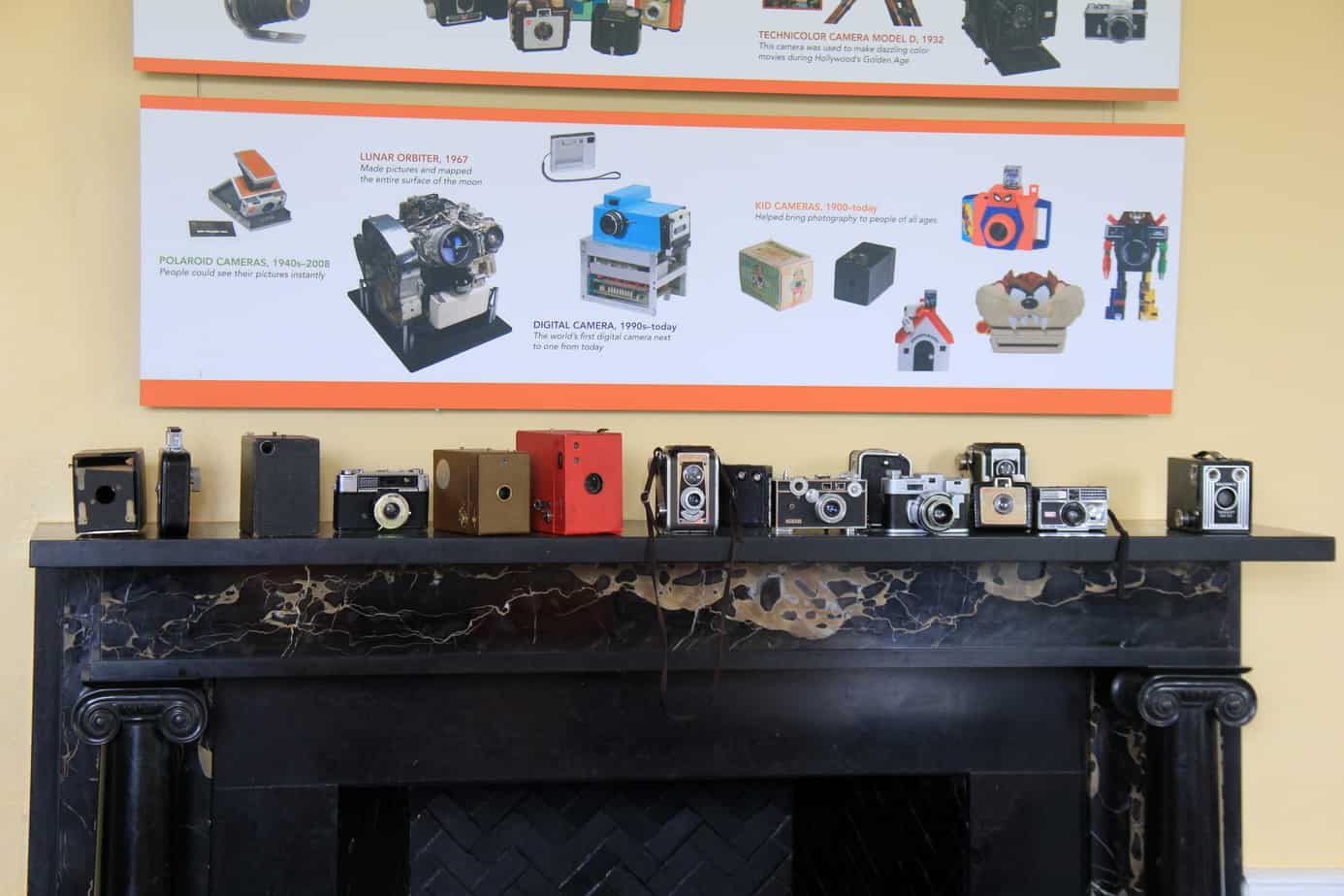
I love everything about photography. Ever since I was a little girl I’ve been fascinated with the camera and the history of its invention. Naturally, when presented with the opportunity to actually visit the George Eastman Museum, in Rochester, New York, I jumped at the chance to spend an afternoon exploring its extensive galleries, home, and gardens.
The George Eastman Museum
The museum was founded in 1947 as an independent, nonprofit institution. It is the world’s oldest photography museum, housing one of the oldest film archives. And George Eastman – the real reason I wanted to visit the house and gardens – was an entrepreneur, a philanthropist and the pioneer of photography and motion pictures. It was exciting, to think I’d be standing in the same rooms he once walked through himself.
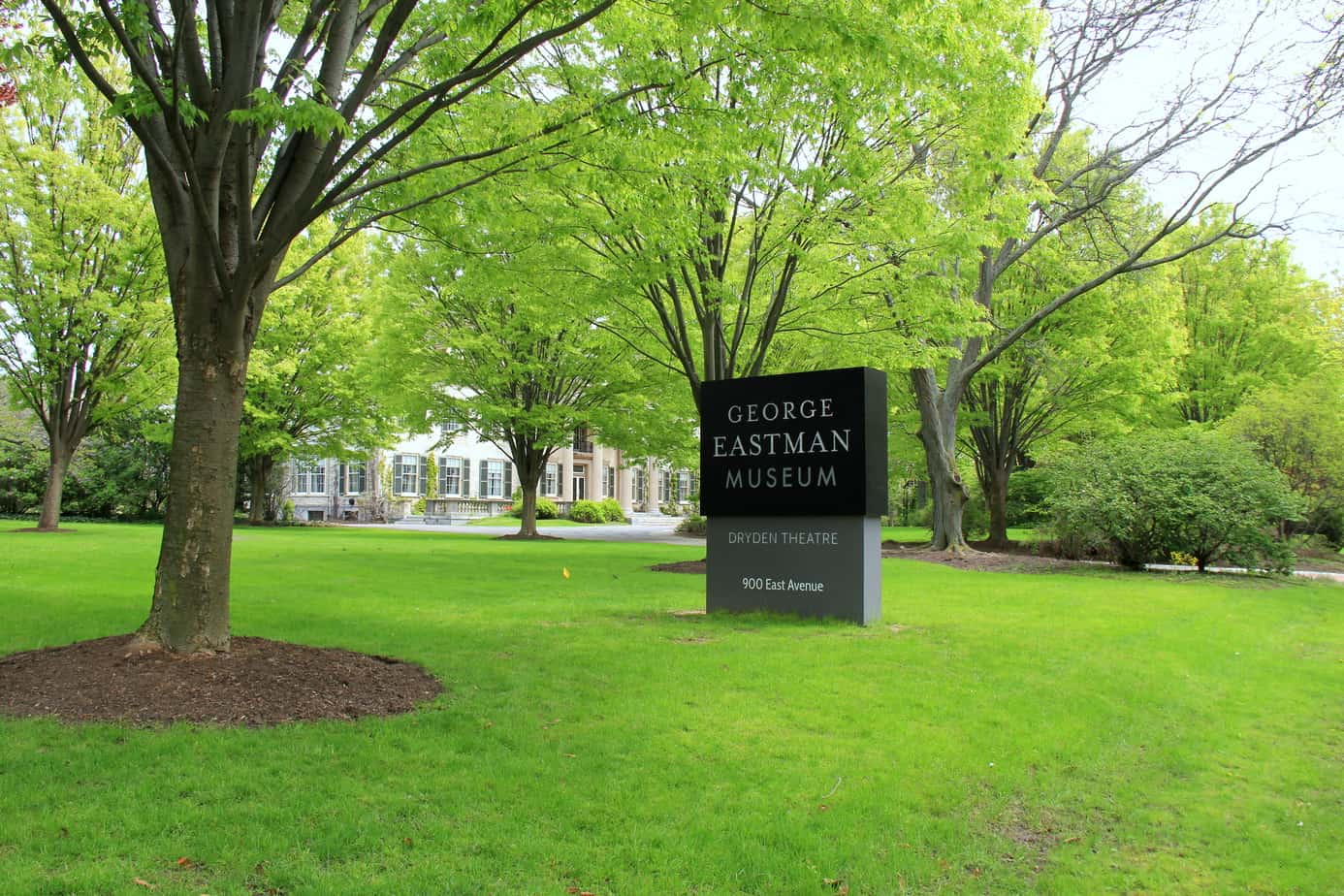
The historic mansion and gardens were magnificent, although, from the road, it didn’t look all that impressive to us. The change came, from the very first moment we passed through the doors of this Colonial Revival mansion, built between 1902 and 1905. It’s overwhelming splendor stopped us dead-in-our-tracks.
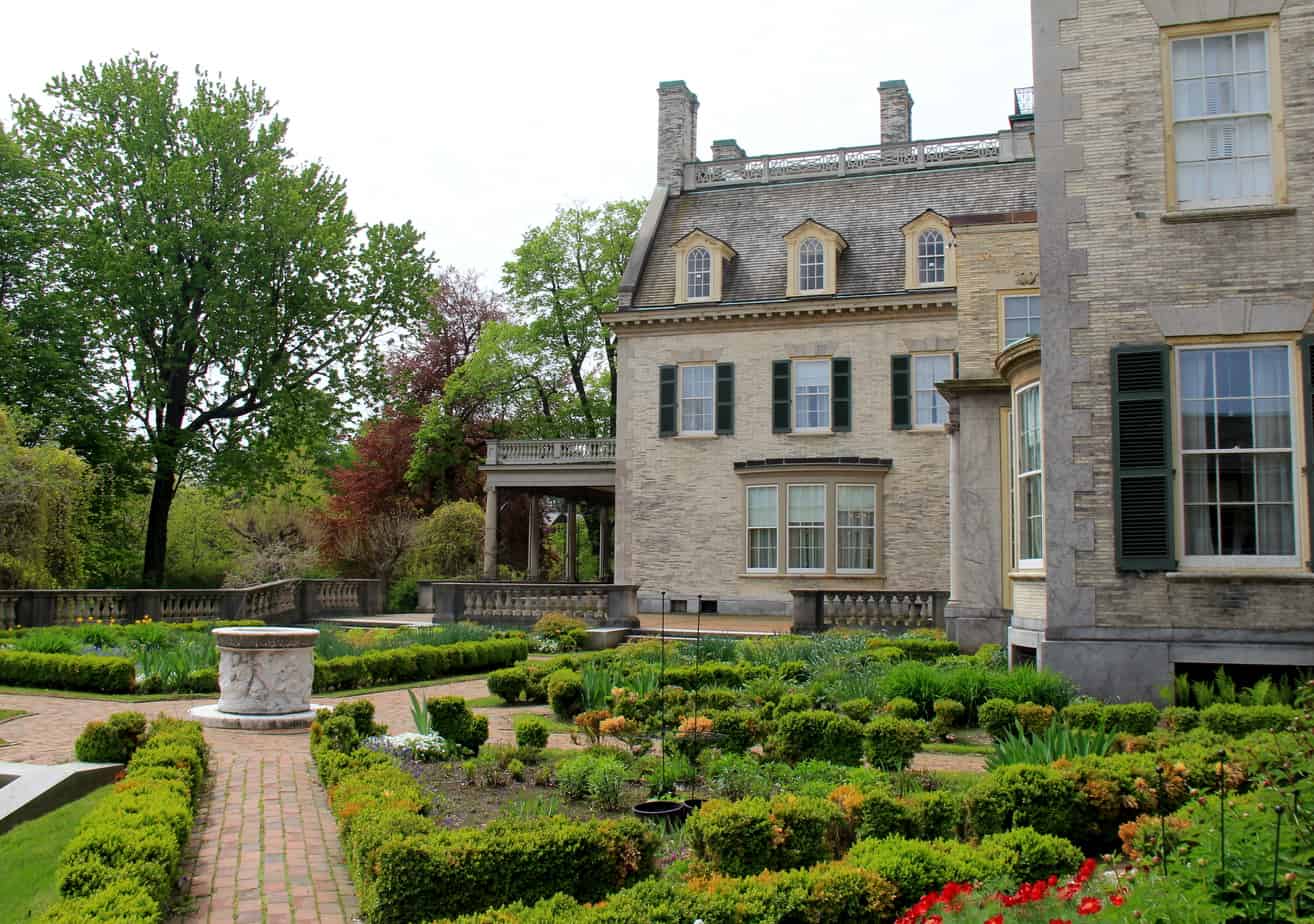
Stepping Back in Time
We had no idea where to begin, the space was immense. Thankfully, a guided tour was just starting and we tagged along, regaled with historic facts and stories from the life and death of one of America’s greatest innovators.
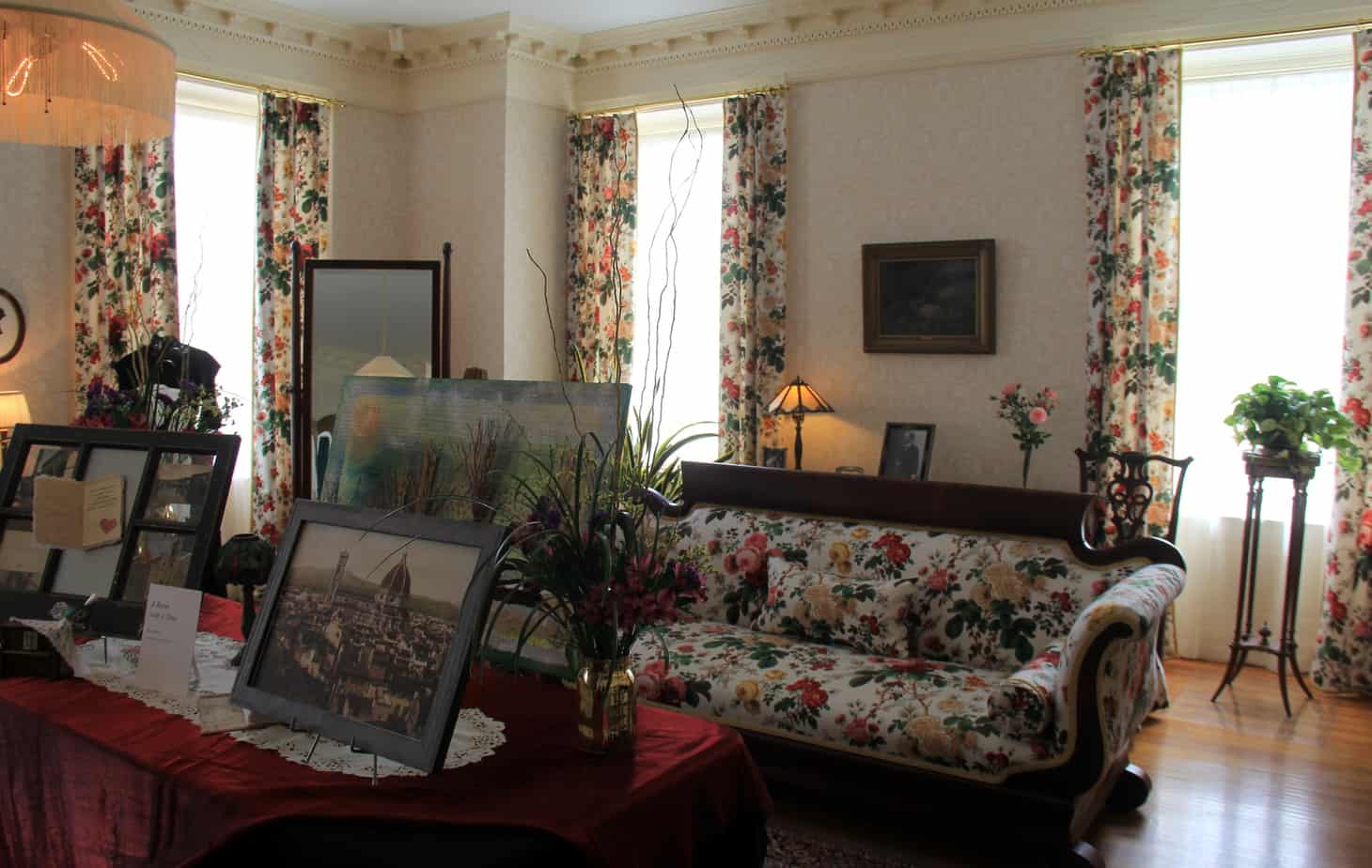
Born in Waterville, New York, young George was just seven when he lost his father suddenly, two years after they’d relocated to the city of Rochester. His mother, Marie, had no choice but to take in boarders, hoping their rent would help add to the family’s meager income.
A Young Boy Becomes a Man
George dropped out of school when he turned 14 – to start a job, help ease his mother’s financial burden, and support his two older sisters. He first worked at a local insurance company and then was hired as a Junior Teller in the Rochester Savings Bank, where he learned a great deal about managing other people’s money as well as his own.
His only hobby seemed to center around the art of photography. In this one instance, George allowed himself to spend a bit of hard-earned money improving the craft.
The Making of a Great Company
During 1888, Mr. Eastman invented a simple camera. It was known as The Kodak and was both easy to carry and use. It sold for $25 dollars and came with a roll of film. A photographer could take their time snapping interesting pictures, before sending the film and processing fee to the factory for development. It must have been exciting, waiting for the prints, camera and a new roll of film make it’s way back to each shutterbug.
George was a smart man. He was aware that photography was going to grow in the years to come. By 1892, Eastman Kodak was a well-established company, mass-producing goods for photojournalists everywhere.
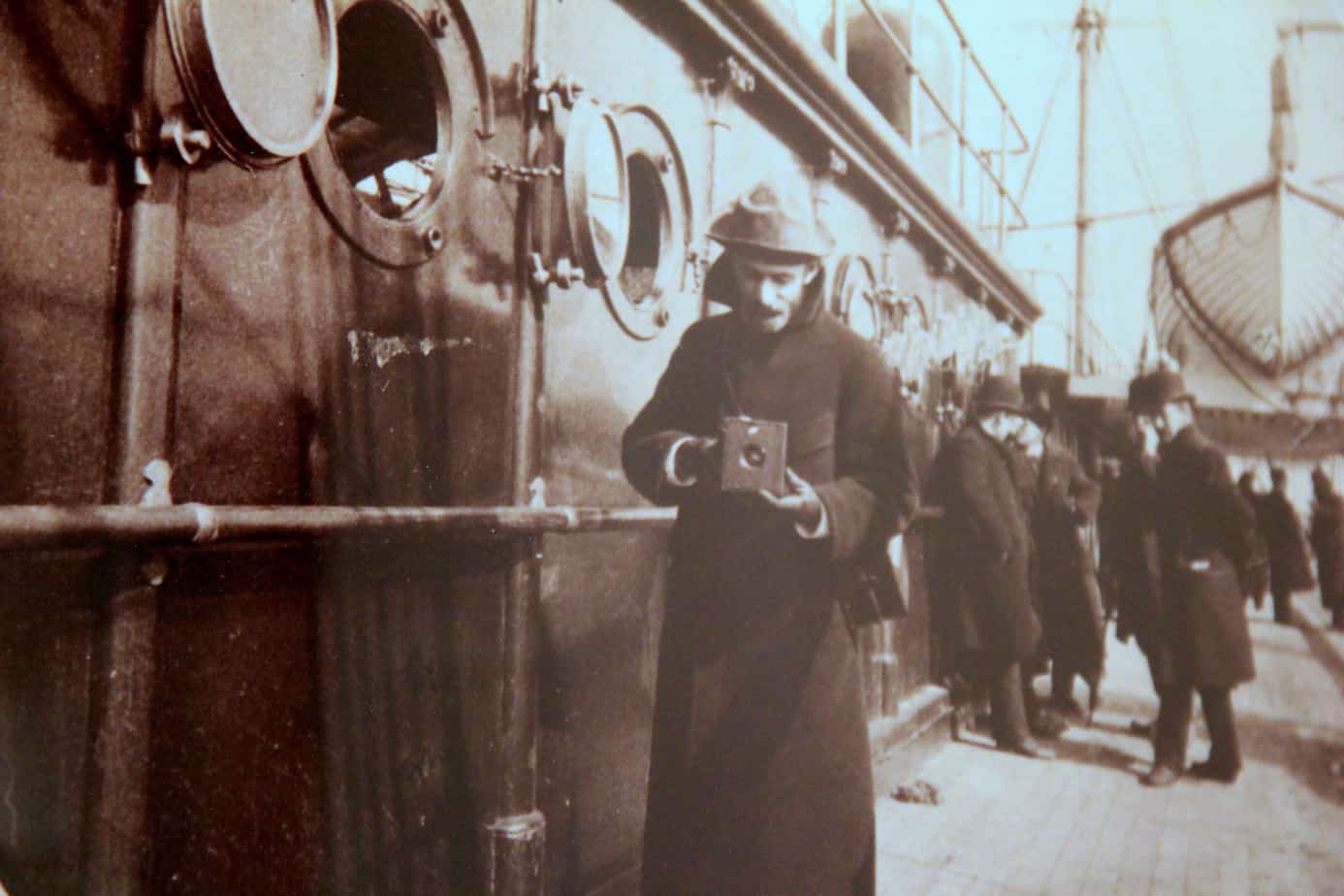
By 1900 he had factories in Rochester, as well as overseas in Harrow, England. The company employed over 3,000 people. The numbers just kept growing and by 1920, Eastman Kodak’s workforce was well over 15,000.
And Even in War
During WWI, Eastman’s laboratory worked tirelessly to build up America’s chemical industry. When this happened, America no longer had to depend on Germany. Eventually, we became the world leader in that area of expertise.
The company also began work on inventing aerial cameras and by 1916 had two models in testing stages with the Navy. Eastman Kodak assisted in developing ways to camouflage ships, improve periscopes and create inflammable paints and varnishes for the military.
Caring For His Own
Back on the home front, George cared a great deal about his employees and showed this by granting them shares in the company’s profits. During his lifetime, he donated huge amounts of his fortune to schools in Rochester and Massachusetts, as well as several European dental clinics. He also funded art institutions and other charities around the world.
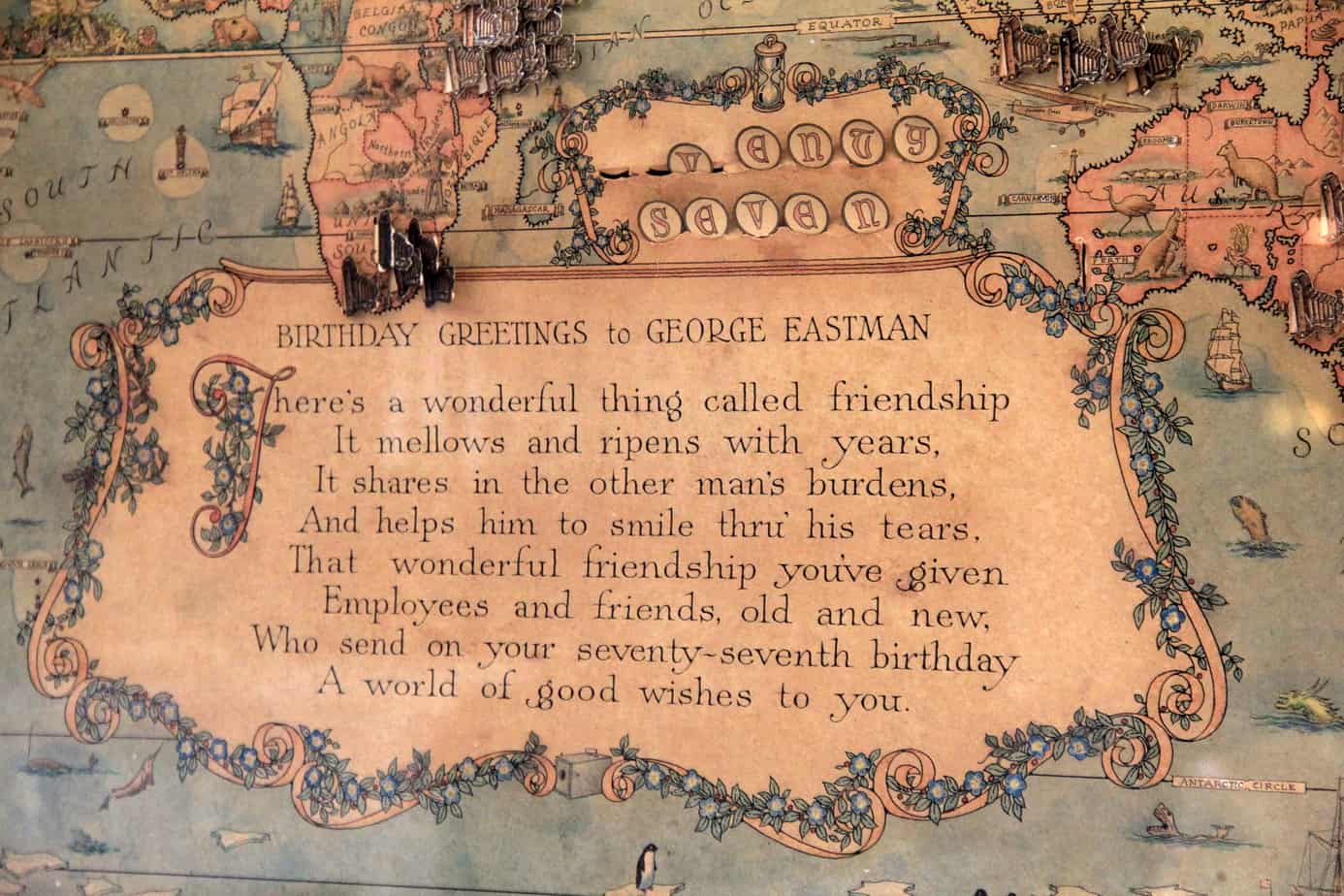
His love for Rochester was evident, inspiring him to spearhead the Community Chest – which later became known as the local United Way.
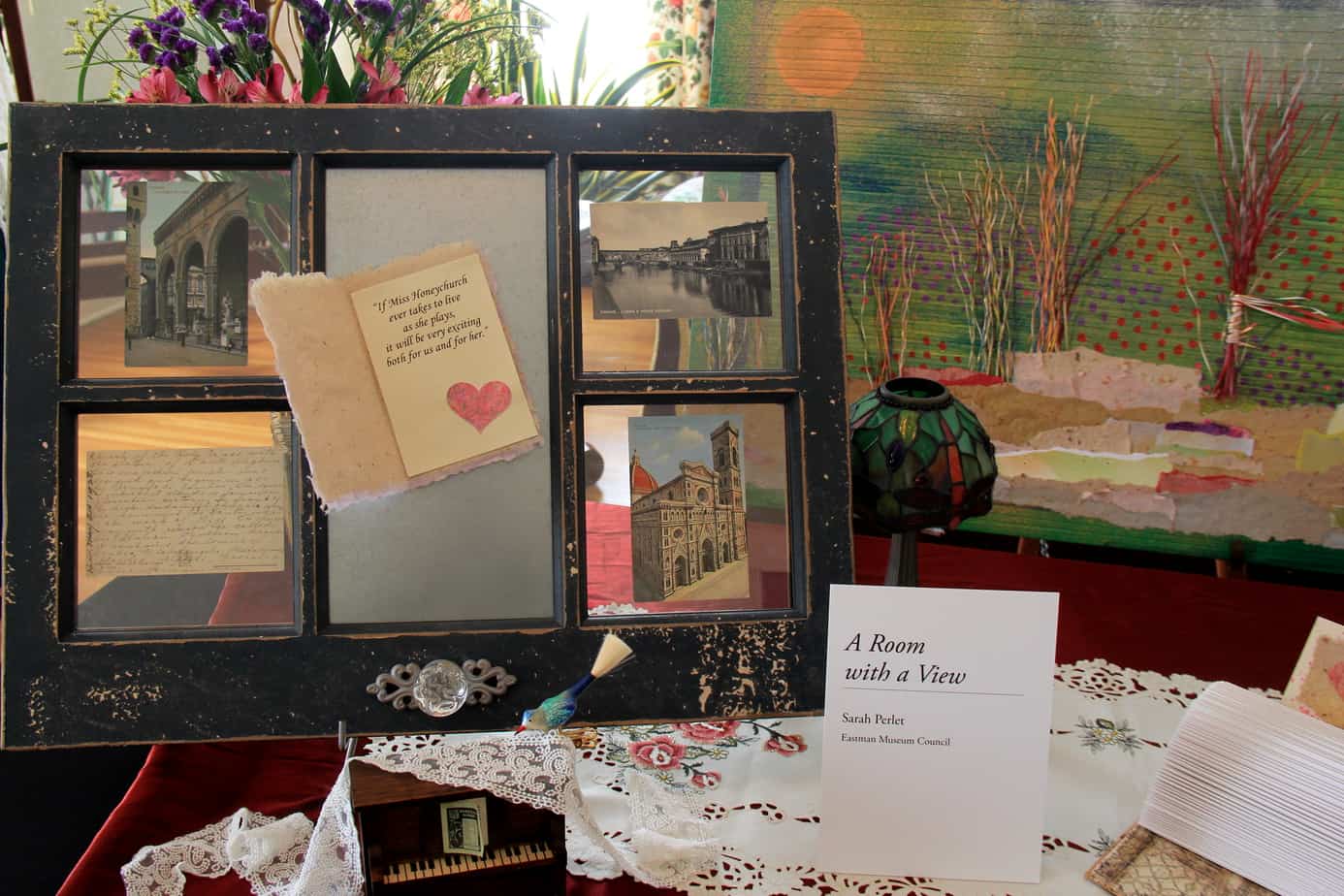
Many Favorites
Our guide walked with us through rooms of beauty. Don’t ask me how many – I lost count early on. There were miniature set-ups of popular films throughout the mansion; The Secret Garden, Breakfast at Tiffany’s, Driving Miss Daisy, Willie Wonka and the Chocolate Factory, among many others. Each display was spot-on and brought with it a wave of nostalgia, we’d seen them all.
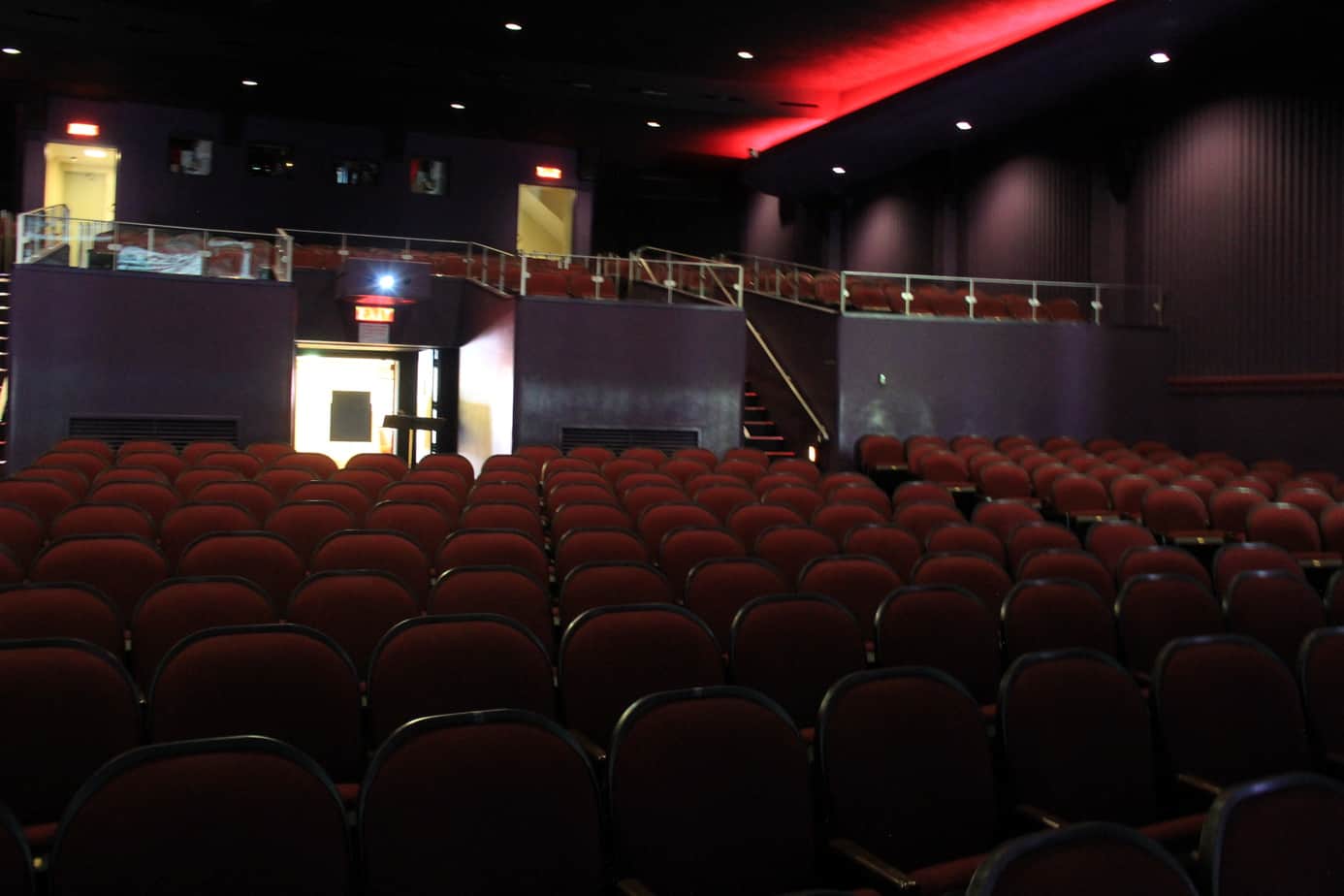
We wandered through the Dryden Theater, an expansive room set under dim lights at the moment. We marveled at the fact there are screenings every day, and that Dryden seats up to 500 people. It wasn’t hard to imagine being treated to a matinee of Gone with the Wind, Pretty Woman, or The Wizard of Oz.
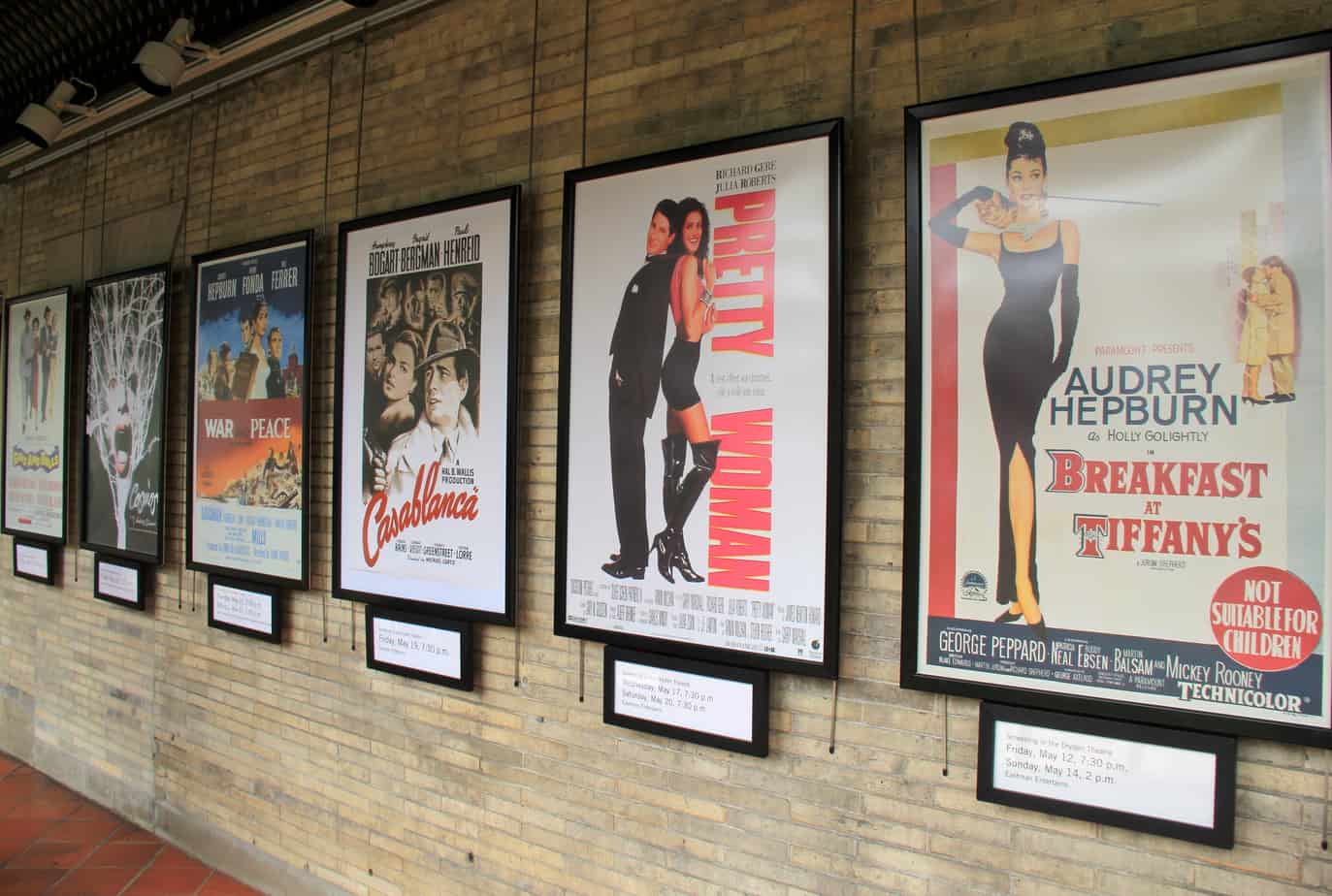
As Far As Our Eye Could See
The gardens were immaculate. We’d never seen anything like the landscape before us.
Wandering through the Terrace Garden, we listened to our tour guide explain that this was the oldest and most formal garden on the estate. It was amazing, to learn that 23 flower beds and more than 90 species of plants grow here.
The Library Garden was actually built on top of Eastman’s underground photography archive vault and is a roof-top garden, with barely two-inches of soil to support the abundance of colorful flowers he loved so much.
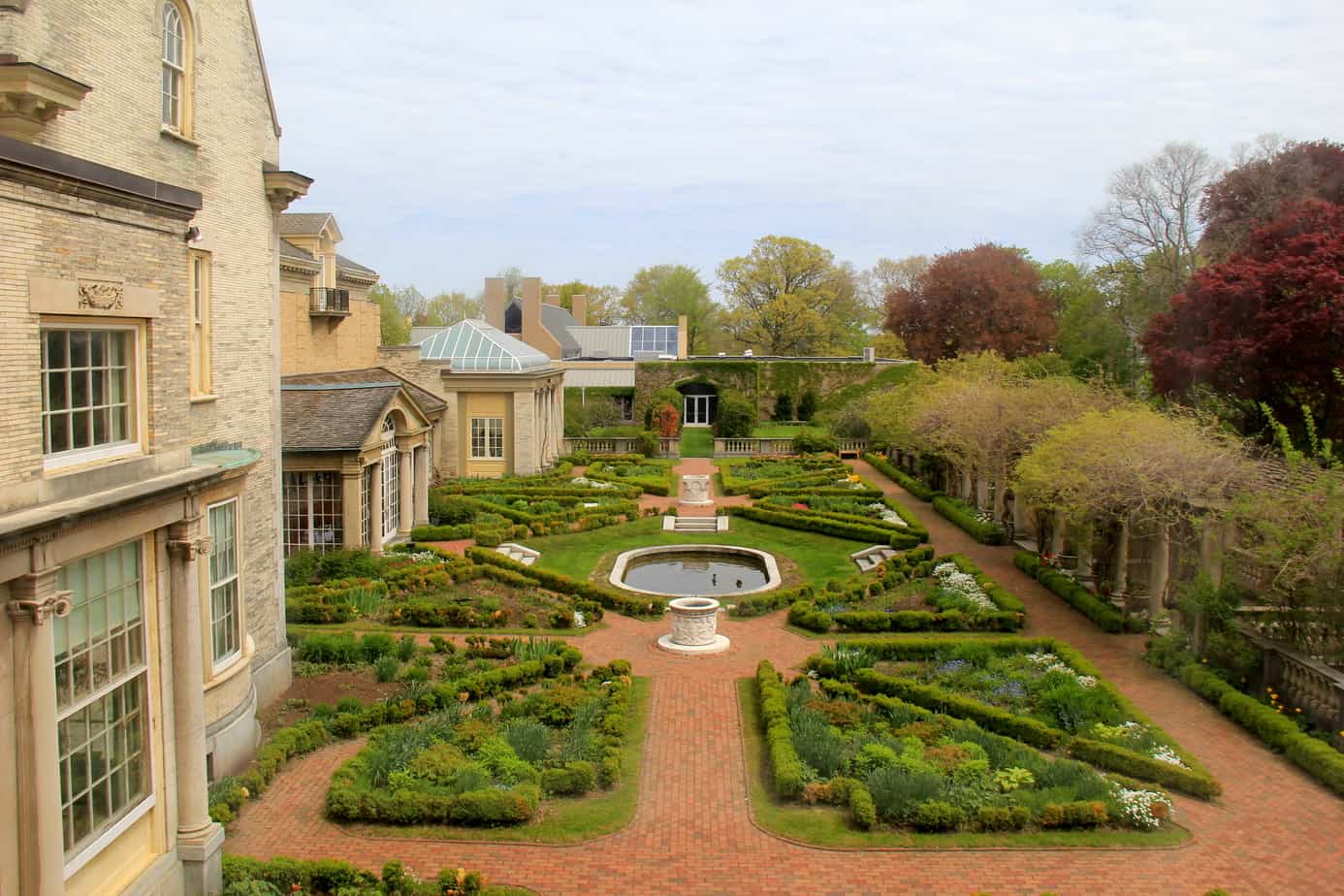
My personal favorite was the informal Rock Garden and Grape Arbor that stood before us. It welcomed strolling, taking one’s time, stopping to smell the roses – so to speak – and taking in the beauty that surrounded us. It seemed like a hide-a-way, where one could ponder the bigger things in life.
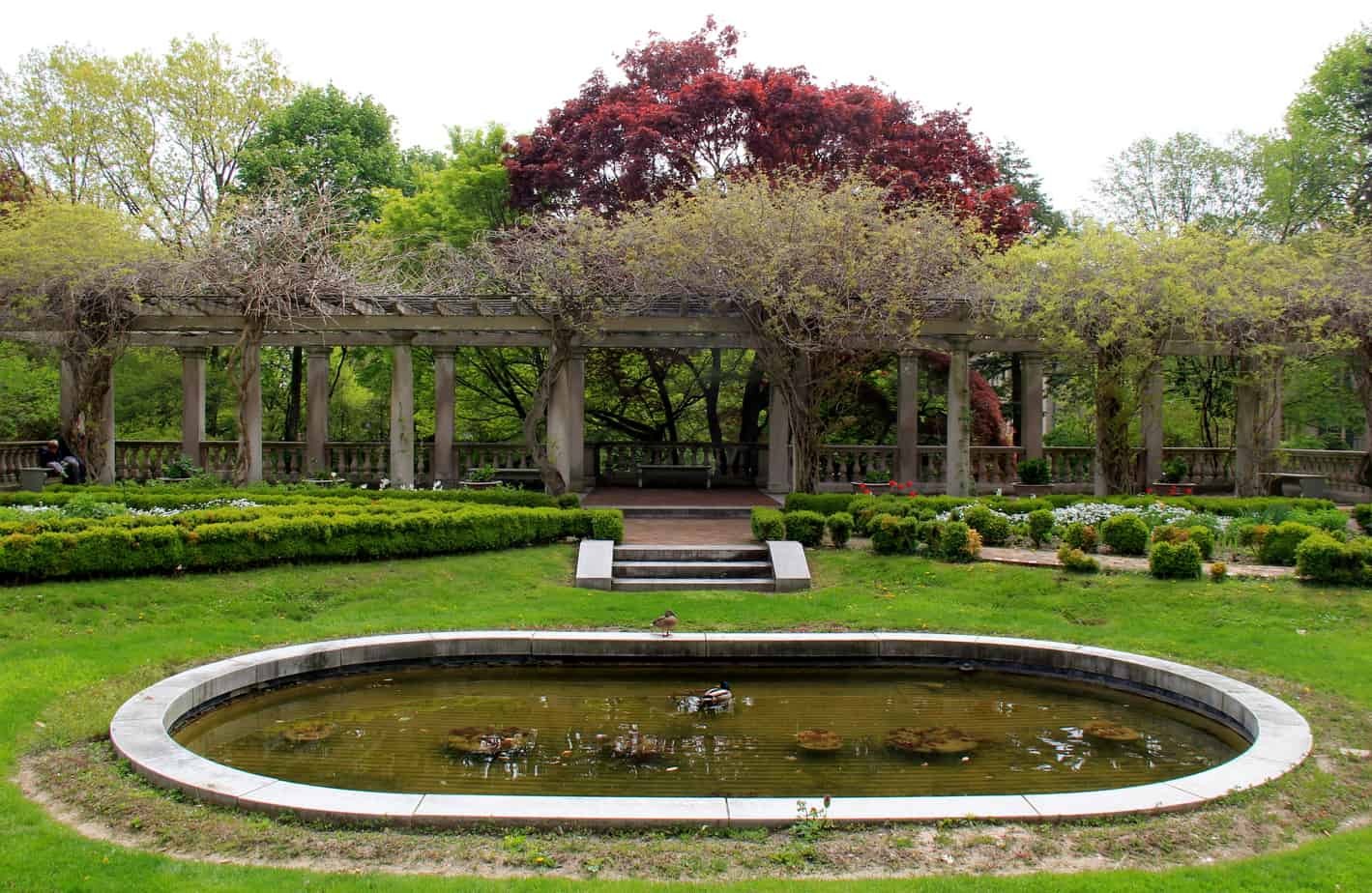
And Yet Another
The West Garden was built in 1917 and underwent re-designs many times over. In 1983, The Rochester Garden Club sponsored what we were looking at during our Summertime visit and what other visitors have been enjoying since the Garden Club lent it’s vision to Eastman’s landscape.
If it were a Sunday afternoon we might have been treated to a relaxing concert or any number of other events held on the property. I made a mental note to go back.
By the late 1920’s, Eastman had suffered from several medical problems. When he was diagnosed with a progressive and irreversible spinal disease, he decided to end his own life. On March 14th, 1932, this gentle man, one who’d given so much to the world, took his last breath willingly and moved on.
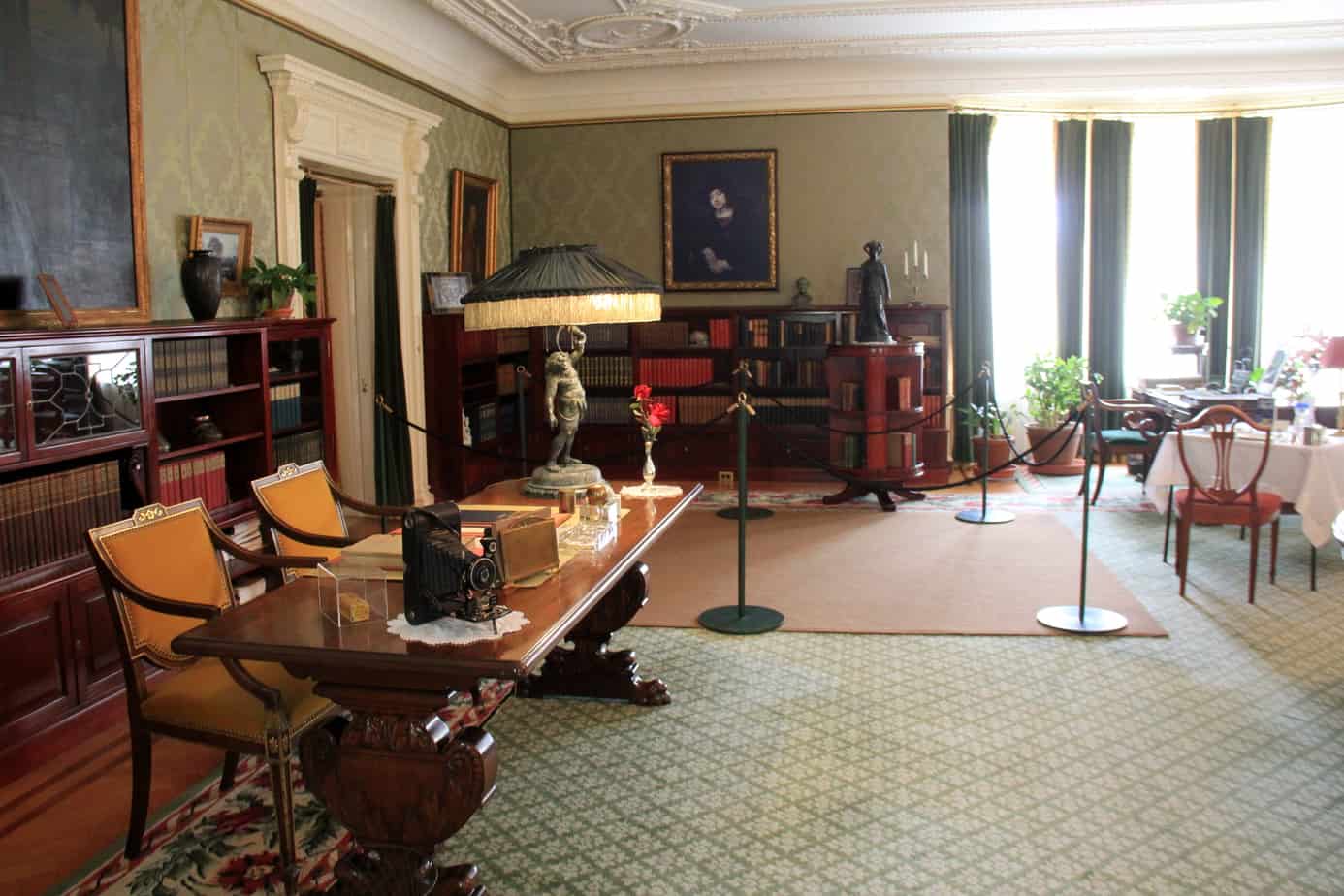
The World Misses a Great Man
We stood with the docent, near the desk where George Eastman committed suicide. In a short note to friends, he’d written the words, “My work is done. Why wait?” I certainly understood the concept of taking this way out of his remaining days – ones that were certain to be filled with unrelenting pain and anguish. But, part of me wanted to pull him back, into the land of the living. Back to this place, where he’d done so much good, inspired so many others.
I stared down at my camera, thinking about the many pictures I’d taken, memories I’d just now made of my time here. I would return home, editing photos that spoke of the mansion’s beauty, others that attempted to capture the stunning array of flowers, plants, and architecture out among the gardens. And I would cry at the loss of Mr. Eastman. I was certain of it.
Because I already was.




